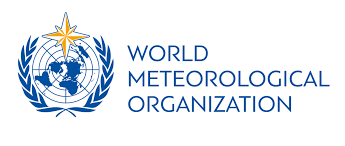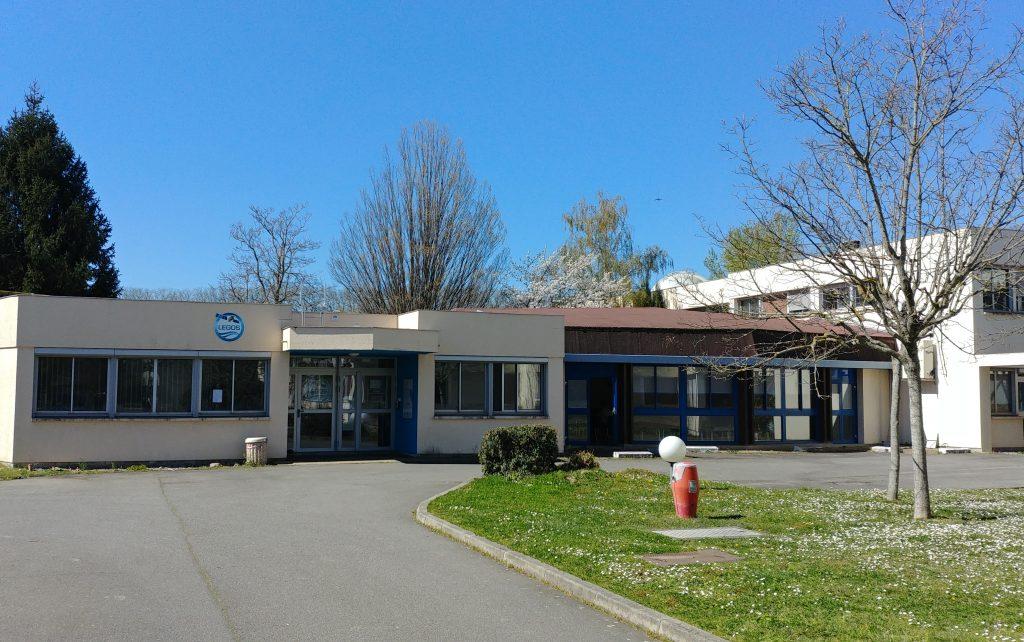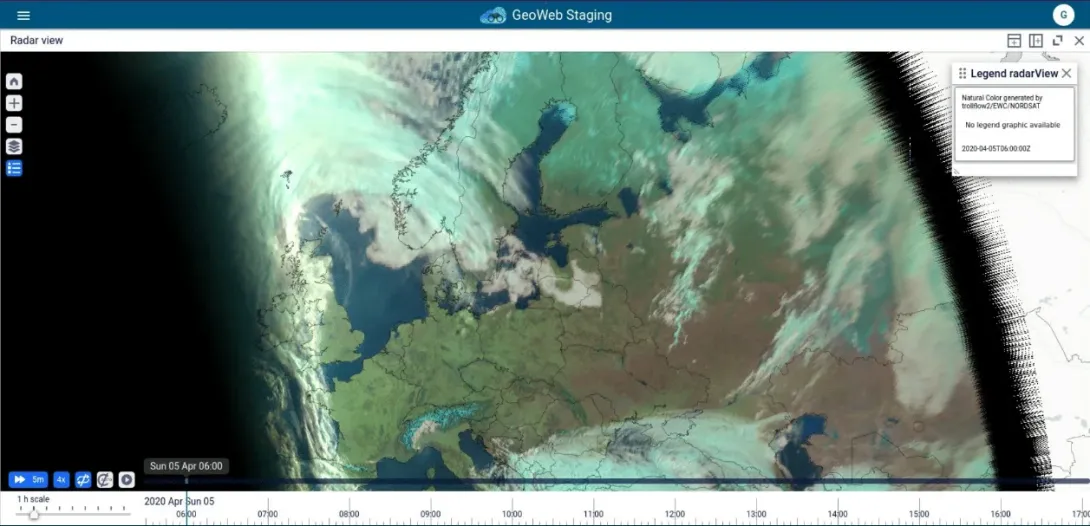The South-East European Multi-Hazard Early Warning Advisory System (SEE-MHEWS-A) is an initiative designed to improve forecasting and warning provisions related to meteorological and hydrological hazards across 18 countries of South East Europe. Countries exchange data, information, forecasts, and warnings to improve predictions and better respond to hydrometeorological hazards.

Complementarity and flexibility
The South-East European Multi-Hazard Early Warning Advisory System (SEE-MHEWS) was designed to improve forecasting in an area of Europe that has experienced a significant number of meteorological and hydrological hazards.
Implemented by the World Meteorological Organization (WMO), and hosted at ECMWF during the demostration phase, the system provides tools for forecasting such events and their potential impacts, on a single virtual platform.
The complementarity of the EWC means that the national meteorological and hydrological services (NMHSs) of participating countries can deploy their own web-based applications for their users. Rather than being sent to the NMHS' to be fed into their applications, the data produced in ECMWF’s high-performance computer facility (HPCF) by Member States who are participating in SEE-MHEWS are sent directly into the EWC.
This flexible environment within the same data centre as the one hosting the HPCF means that, especially with the increased resolution in ECMWF's current forecasting system, IFS Cycle 48r1, the data can be fed directly to applications efficiently and without flooding the network.
Who is involved

The regional early warning system is a joint effort between the National Meteorological and Hydrological Services of participating South-East European countries, in collaboration with WMO Regional Specialized Meteorological Centers, European Meteorological Infrastructure organizations, research institutions, European numerical weather prediction consortia, and the WMO Secretariat.
Use Cases Gallery
Explore selected use cases of the European Weather Cloud








